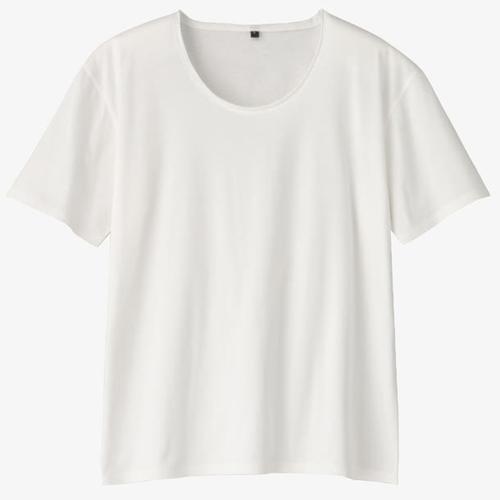Pure wool fabrics and blended fabrics are common thermal insulation materials, and they have different characteristics and thermal insulation effects. Below I will introduce in detail the thermal insulation effects of pure wool fabrics and blended fabrics.
1. Pure wool fabric:
Pure wool fabric is a fabric made of pure natural wool fiber. Wool fiber has many air vesicles, which can form a thermal insulation film around the body, blocking the intrusion of cold outside air and reducing the loss of body temperature. Wool fiber also has good thermal insulation properties, can quickly absorb and store heat, and can maintain warmth. In addition, wool fiber also has high elasticity and softness, making people feel comfortable and warm.
2. Blended fabric:
Blended fabric is a fabric woven from a mixture of fibers of different materials. Among common blended fabrics, wool is usually blended with other fibers (such as polyester fiber, nylon, etc.). Blended fabrics can achieve better thermal insulation effects based on the characteristics of different fibers. For example, adding a certain proportion of wool fibers to a blend can increase the warmth while maintaining the comfort and softness of other fibers. This blended material can have a better thermal insulation effect and have the characteristics of other materials.
Comparative analysis:
– Warmth insulation effect: Compared with blended fabrics, pure wool fabrics can It stores body heat better and forms a warm air layer, so the thermal insulation performance is better. The thermal insulation effect of blended fabrics is determined by the proportion and properties of the fibers.
-Comfort: The fiber of pure wool fabric has good softness, comfortable touch, and a soft touch when worn. Blended fabrics can adjust softness and comfort depending on the blend ratio and other fibers used, but some blended fabrics may have some odor or discomfort.
– Breathability: Pure wool fabrics have relatively poor breathability and can easily cause stuffiness. Blended fabrics can adjust the overall air permeability of the fabric according to the air permeability of different fibers, and have better air permeability.
– Maintenance: Pure wool fabrics are relatively fragile and require special maintenance methods, such as hand washing, insect control, etc. Blended fabrics, because of the other fiber materials in them, can usually use simpler maintenance methods, such as machine washing.
Summary:
Pure wool fabric has good thermal insulation performance due to its natural fiber characteristics, but it may lack softness and Breathability; Blend fabrics can adjust thermal performance, comfort and breathability based on blend proportions and other fiber selections. Therefore, when choosing thermal fabrics, you can choose the appropriate pure wool fabric or blended fabric according to personal needs and environmental conditions.






